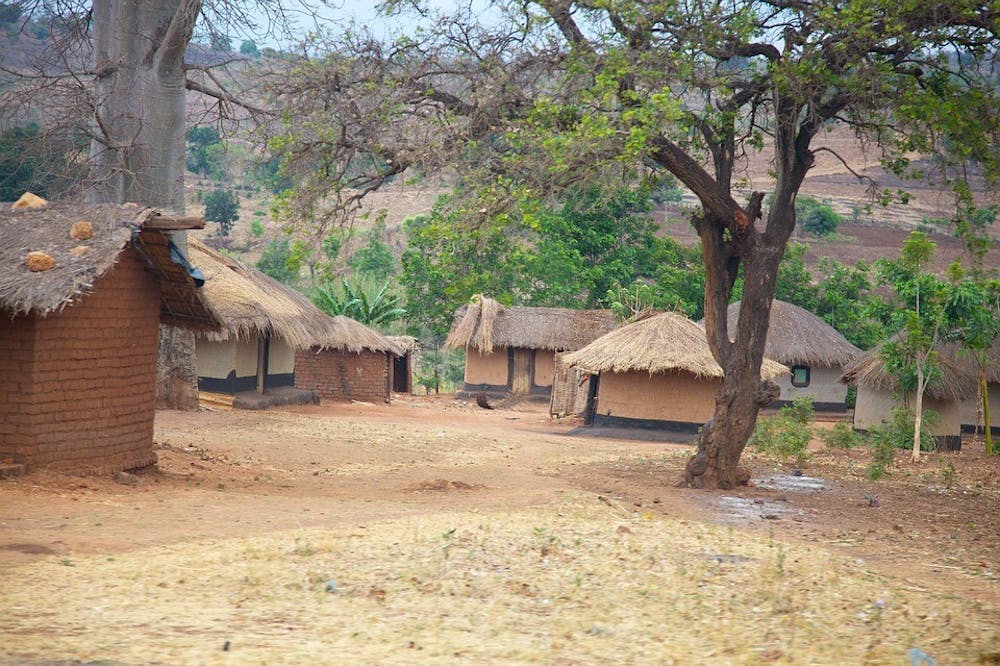When we think about the beginnings of humanity, we often imagine a caveman with a club running in circles looking for food. We are taught that humanity slowly evolved in northeastern Africa, that homo sapiens slowly spread through the continent and then out of Africa to Europe, Asia and the Americas.
This migration is portrayed as one large sweep through the world, but what actually occurred is not quite that simple.
The migration of humans over the past tens of thousands of years is actually quite a complex story. If you traced it out on a map it would simply look like a toddler’s scribbles. Humans have gone back and forth between places as long as they have existed, and as archaeologists find more evidence of ancient humans, we find more paths they have taken.
More extensive research has been done on the early origins of European settlements than those of Africa. This is due partially to the climate differences in Europe and Africa, which has been one of the major obstacles in revealing Africa’s genetic history. Skeletons are best preserved in colder climates, preferably below freezing.
In Africa, locations that meet this criteria are scarce, making well preserved remains much more difficult to locate.
But with new technologies, archaeologists are finally gathering real evidence of how humans developed in ancient Africa.
“Human genetic history was complex, and ancient DNA studies from Africa are needed to understand the history there, and are eagerly awaited,” Chris Tyler-Smith, a geneticist from the Wellcome Trust Sanger Institute, wrote in an email to the Smithsonian Magazine. “[T]his is the first substantial study of ancient African DNA.”
A new study of ancient African DNA was recently conducted by an international team of researchers. The team found 16 skeletons in caves on the high plateaus of Malawi and Tanzania that date back as far as 8,100 years.
These fossil remains were analyzed and had genetic material extracted from them, which David Reich, a geneticist at Harvard Medical School and senior author of the study, analyzed with his team.
They found that the genes in the ancient remains were not related to the genomes of present day people native to Malawi. This suggests that migration there was far more dramatic than archaeologists originally thought.
At that time hunter-gatherer populations still dominated, so small groups of people moved around very frequently and left trails of tools and remains in their wake.
It is also known that the settlement of populations and growth of agriculture displaced many of the hunter-gatherer populations, causing mass migrations.
But a complete absence of any common genes between the ancient remains and current day people in Malawi shows massive migration flows — even those related to the ancient hunter-gatherers in the area had moved so far away that none of their genes remain in the people native to the area today.
It has also been long believed that many of the migrations of early humans simply left Africa and spread across the globe, without ever returning. But in their analysis of the Tanzanian skeletons, researchers found the remains of a girl from 3,100 years ago. Her DNA was distinctly different from the older African remains and around a third of her genes were similar to those of ancient Near Eastern farmers.
There are two previous instances of finding this ancient Near Eastern DNA in Africa. One was the 1,200 year-old remains found in South Africa and the other was found in Ethiopia (dating back 4,500 years ago). These findings helped provide a starting and ending point for this movement of Near Eastern farmers.
This new find puts a timestamp on when this particular migration southward from Ethiopia to southern Africa occurred.
We are now beginning to gather more clues into what was a very complex web of migrations across Africa and Eurasia in the ancient world. Researchers are trying to look for colder, dryer areas of Africa where remains might be as well preserved as they are in Europe, in the hopes of finding more clues.
These scientists hope to discover not only about migration patterns but also more information on the way ancient Africans lived.





